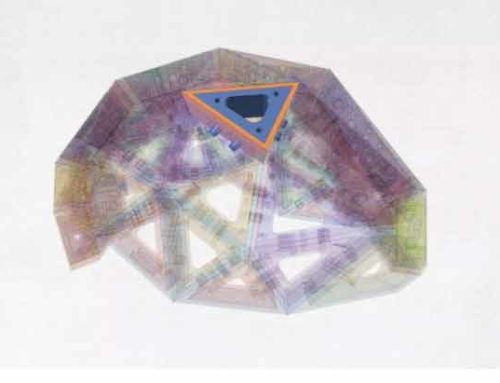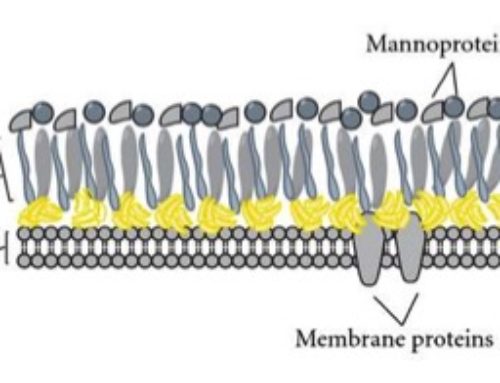The Doctrine of Signatures and Correspondences is foundational to the alchemical works, in preparing spagyrics, in harvesting plants and mushrooms, and in drawing out the most latent potency. But you don’t have to call yourself an Alchemist or practice the art of Spagyrics to benefit from this practice.
Understanding archetypal forces and their correspondences with the things we work with in our lives give us deeper levels of insight into their nature, and so much of that understanding comes down to observation. Through this practice and awareness it is possible not only to expand your relationship to life and matter, but to the underlying patterns as well.
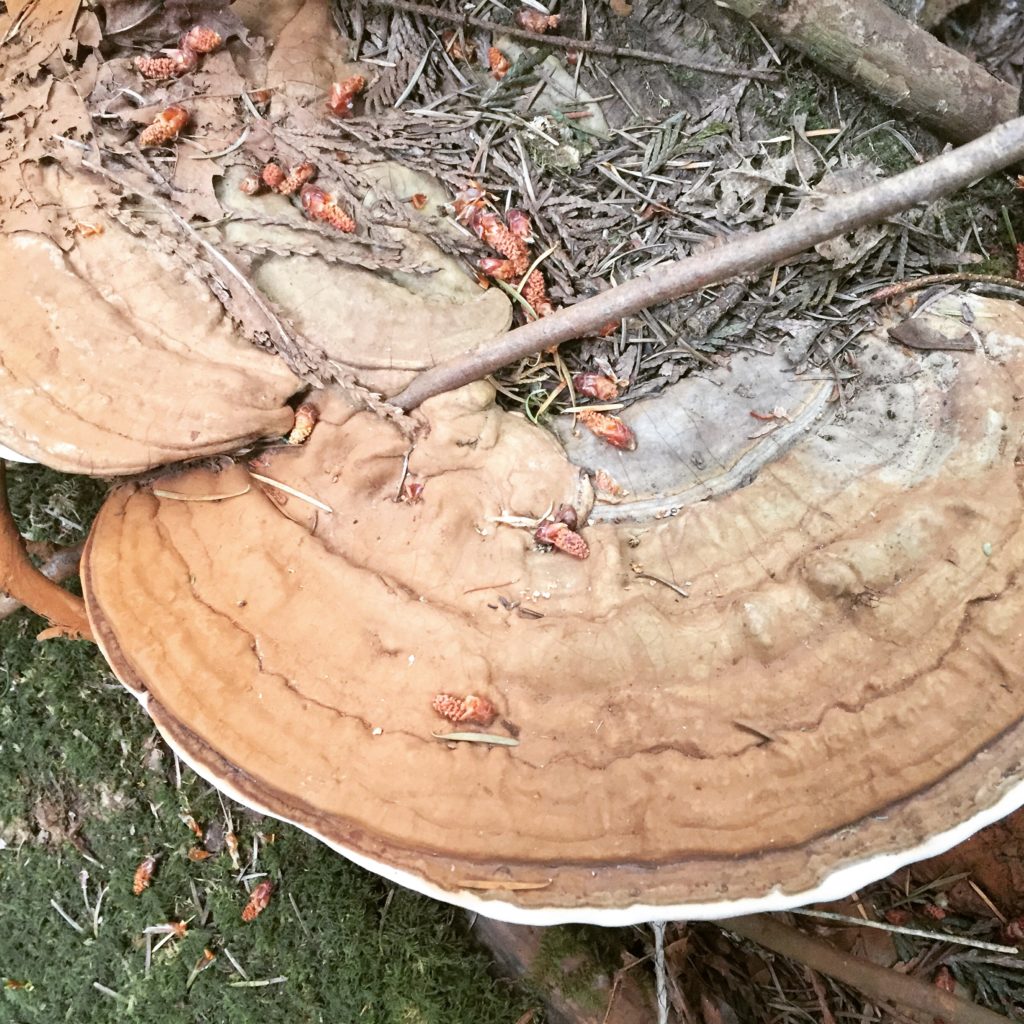
______________________________________________________________________________
The first time I had ever heard about the Doctrine of Signatures (DoS) it was really simple. Too simple. And it didn’t really resonate. My first time being taught about the DoS was purely morphological: ‘X looks like Y, therefore X must be good for Y.’ If you have heard anything about the DoS you have probably heard this before. Further you are probably familiar with the common examples of a walnut, which looks like a brain, being good for the brain; or a carrot which when cut looks like an eye, being good for the eyes.
While this conceptualization of the DoS is cute, it completely undermines the potential of working with and understanding the Doctrine of Signatures and Correspondences. A gross over simplification.
A much more in-depth approach and application to this work is found through understanding archetypes.
An archetype can be defined here as a universal underlying pattern or image; “a recurrent symbol of motif in literature, art, or mythology.
Traditionally in Hermetic Alchemy, practitioners would work with the inner seven planets as they correspond to the seven days of the week. So for the purpose of this article it will suffice to stick with this framework and to work with the archetypal forces of the 7 planets. Being also that these seven planets, or rather two luminaries and five planets, are the astro-bodies seen with the naked eye they correspond most strongly with our material world.
This septinary pattern is interwoven in traditional alchemical works. So much so that plants, up into the 16th and 17th centuries, were ascribed planetary correspondences. Looking at the language there gets really interesting too: Planet means Celestial Wanderer while Plant means fix in place. So with plants we are fixing the celestial wanderers. This associations with the planets plays through the Qabbalistic tree of life corresponding beyond plants to minerals, metals, even animals.
The well known alchemist and father of Iatro-Chemistry, Paracelsus, said on the matter:
Melissa [lemon balm] is not only in my garden, but in the air and in heaven. Saturn is not only in the sky, but also deep in the earth and in the ocean. What is Venus but Artemisia that grows in your garden? What is iron but mars? That is to say, Venus and Artemisia are both the products of the same essence, and mars and iron are both manifestations of the same root cause.
Other individuals such as Nicholas Culpepper in his Compleat Herbal and Cornelius Agrippa weighed in on the matter themselves. Both specifically mentioning plants while Paracelsus focused more on Metals.
To little surprise, and mimicking much of the rest of the art, mushrooms were almost completely omitted. Mentioned once in a version of Culpeppers Herbal, merely acknowledging one Genus, Agaricus, and relegating them to Mercury in Aries. Though there is some validity to this association, he also mentioned that they were not suitable for consumption by anybody, which is less than valid.
And he only acknowledged one genus!
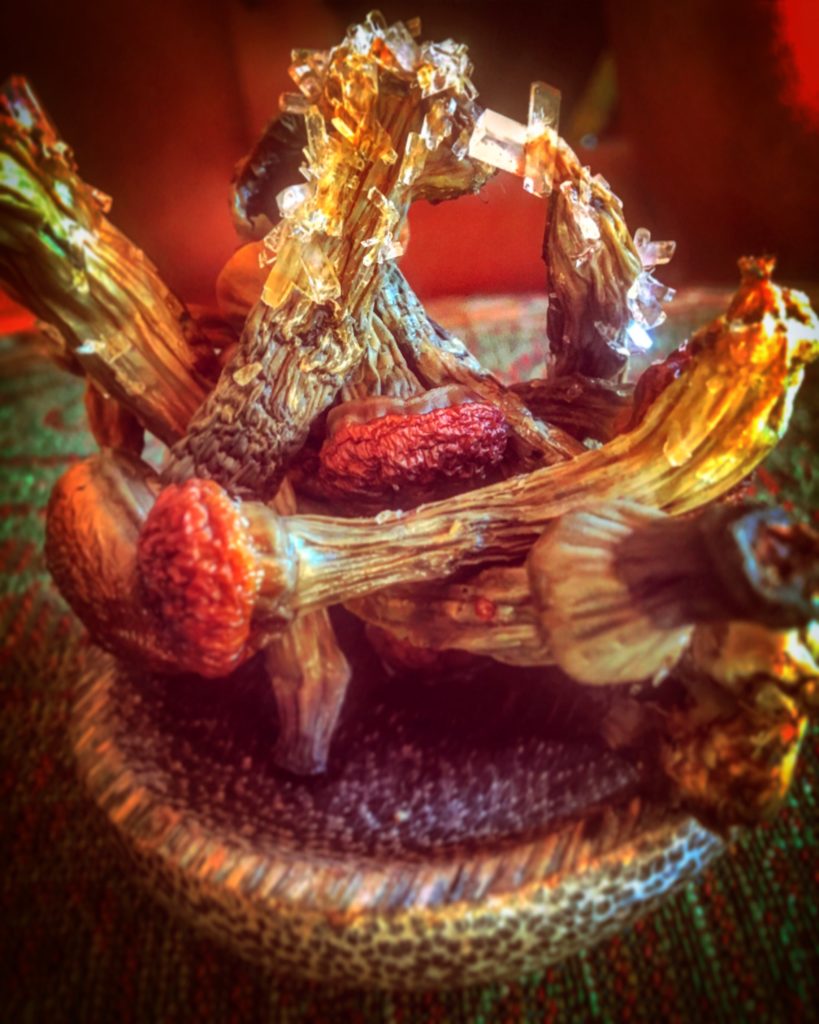
To say this left more to be desired would be an understatement. Furthermore in his associations with plants it was never quite clear how Culpepper came to his conclusions on which planet ruled which plant. It just was, as if it were a known truth. Which also left more to be desired, especially because at the time there were only a small number of plants being worked with in the European Materia Medica.
This lack of information only opened up doors, and has lent itself to a whole field of research, understanding, and interpretation. Which only deepens in the observational and experiential relationship to the natural world.
To understand how one draws correspondences, first one needs to understand the archetypes that they are working with. This comes through observation and study of previously recorded observation. To understand the archetypes of the seven planets is one of the first steps to understanding correspondence.
The other part of that first step is to understand the matter that you are working with, to at least some degree. How it looks, how it feels, how it behaves, among other characteristics. From there the associations between the matter and the archetypes reveal themselves.
Now, I won’t have time to fully disclose my process in this article, which I will save for later writings and works, but I want to express why I find this so important and give a peak into how I personally work through this process.
First it is in understanding the archetypes of the seven planets, and their larger patterns and associations. This is where they are in the sky, what stories they relate to, what physical parts of the human anatomy they relate to, what colors they relate to, energies, feelings, so on and so forth. It is a full field of study in and of itself.
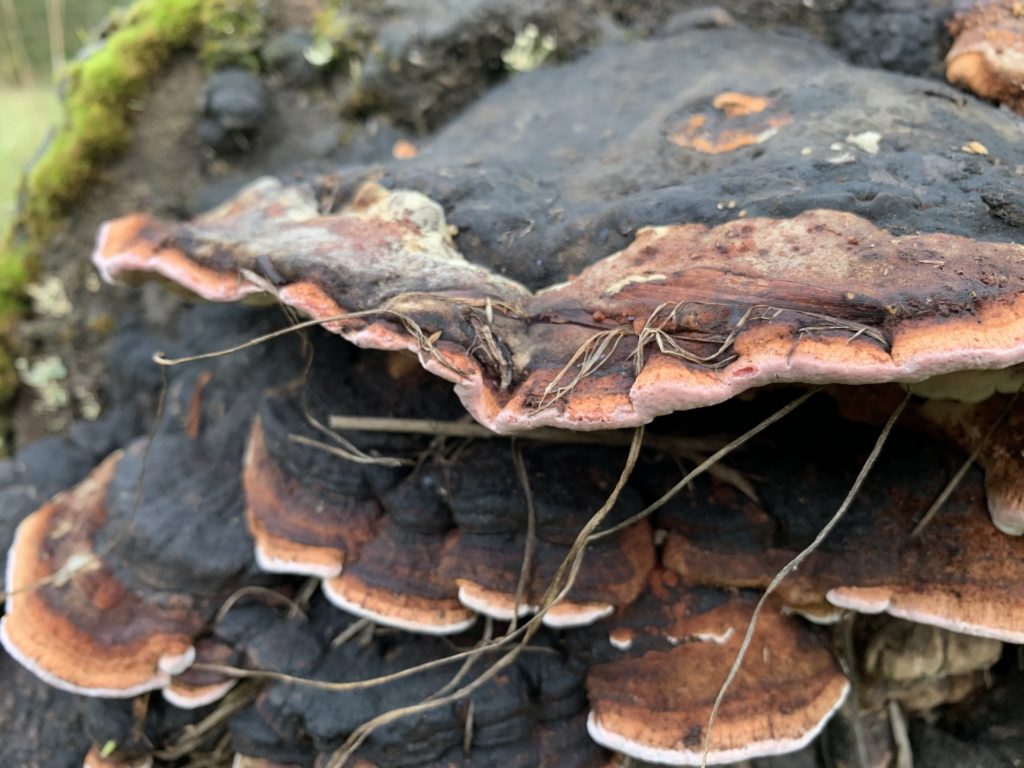
Secondly I look at the material I am working with. In my case a lot of times it is mushrooms, but I also work closely with plants as well. From the perspective of the matter we are looking at the morphology, the environment and habitat that it grows in, maybe the host or associations it has in that environment. The physiological actions in the human body, the role in the environment, what kind of therapeutic actions and tissue associations it has.
As an understanding forms of these two fields independently connections naturally make bridges from one to the other. Just how Paracelsus mentioned in the quote above, understanding of one lends itself to a deeper understanding of the other, and vice versa.
As an example, let’s look at Lions Mane, one of the first mushrooms that I made correspondence with. Its primary actions are on Growth of Neural Tissue and the Stomach. It has also been found to help with inflammation. These are the primary therapeutic actions I think of associated with Lion’s Mane. Further More it grows in a very voluptuous manner, plump, rotund, and generally white to off white in color. Not to mention that it is mostly water.
I can’t think of any better association for this mushroom than the Moon.
And here is why: The Moon rules the brain, and the neurological connections in the brain, as well as the stomach. It is very feminine in nature, The Queen to the The King (sun), representing the feminine archetype. It also pulls on the tides, or waters, of the planet which also ties in with the waters of our mind. Our emotions.
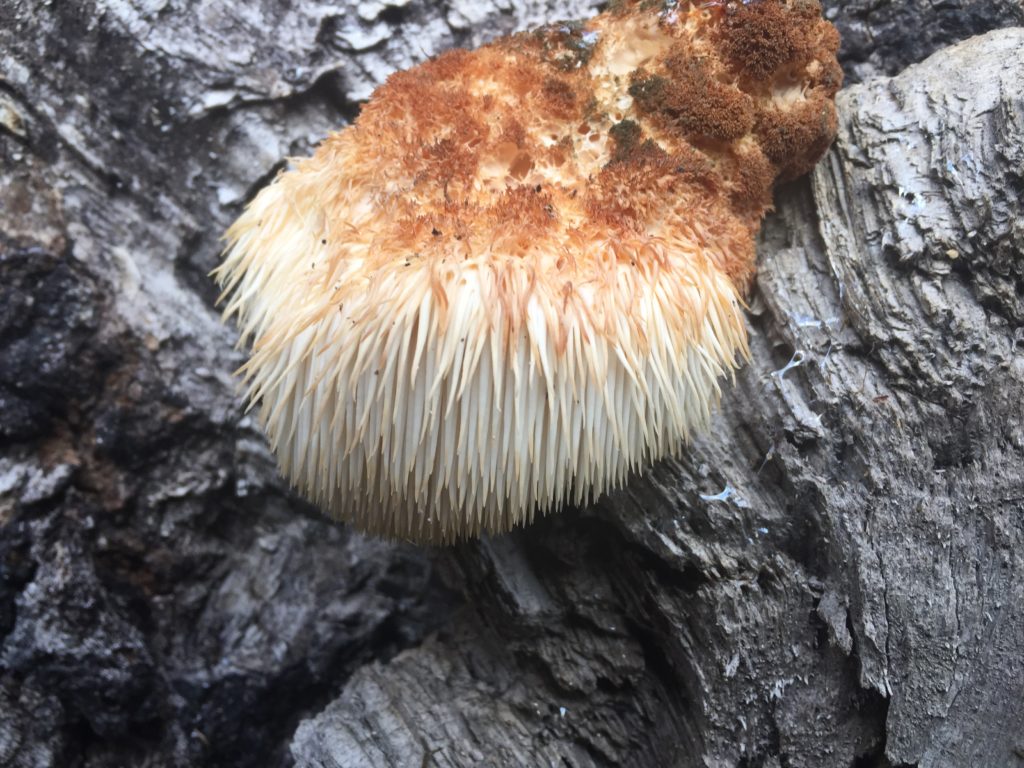
To my own mind this is one of the more straight forward associations, where that is not nearly always the case with mushrooms.
So, why bother?
Well, aside from a deeper level of understanding and a fun mental stretch, there are also practical ways to work with these associations in order to refine your extractions in working with the medicines if you are making them yourself, or as an individual to enhance the efficacy on your conditions or work with them deeper than their physical potency.
There is a lot more to each of these spaces in depth which will be explored in other articles, but this is a primer to get you thinking about the doctrine of signatures and correspondences. Especially if you are already familiar with Astrology or Herbalism. This connection only serves to make those relationships deeper.
For now you can find my Myco-Astrological Chart in Peter McCoys’ book, Radical Mycology, in my chapter titled AlcheMycology, or in the back of Robert Rogers Mushroom Essences book. It will also be added to this website at some point as I continue to catch up with content.
